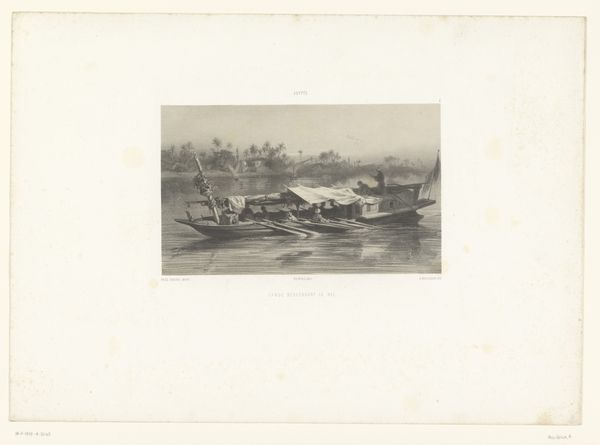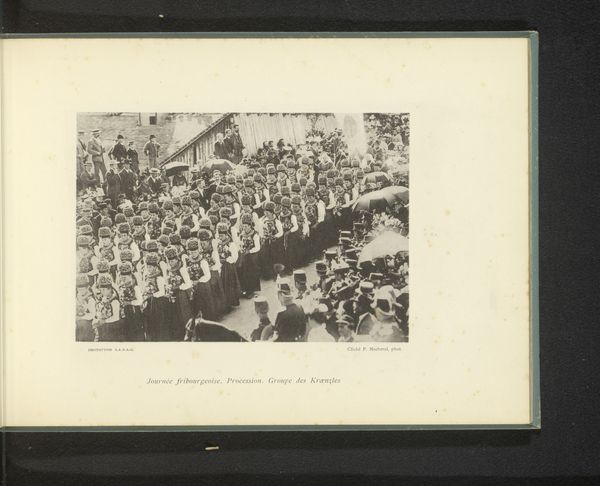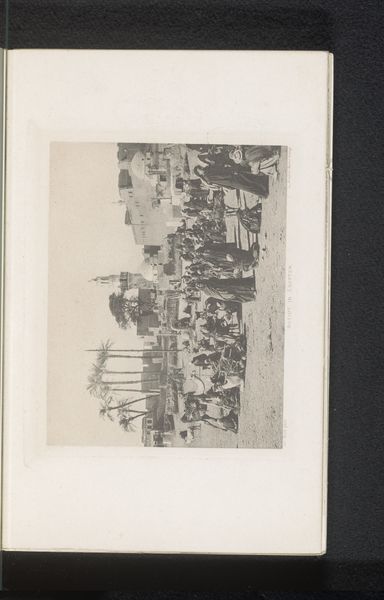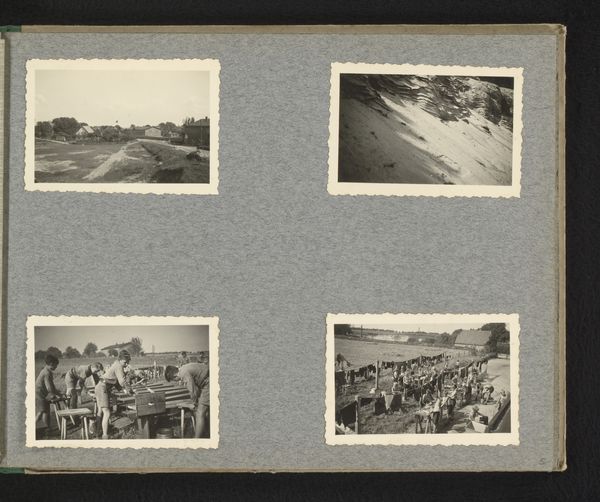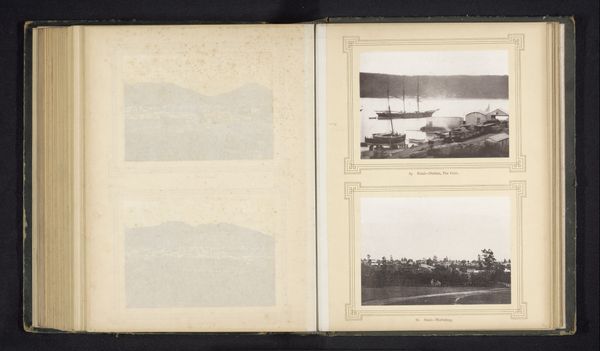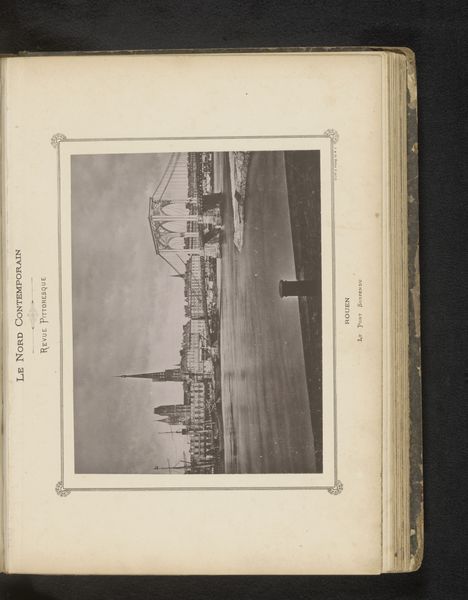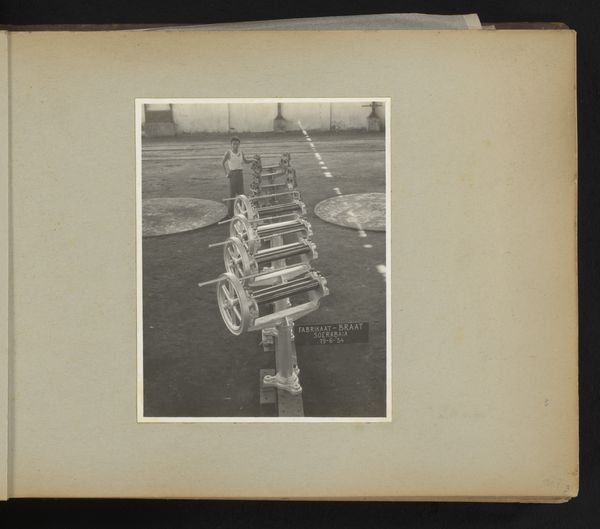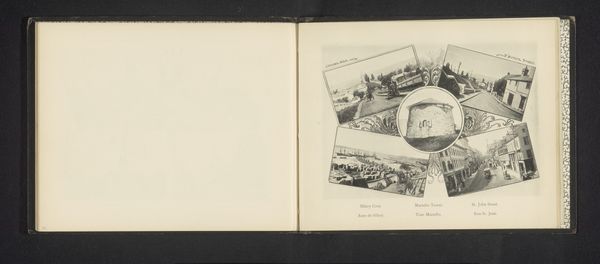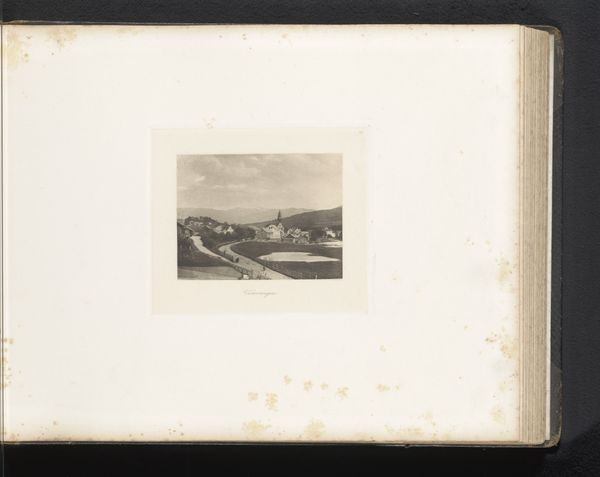
photography
#
photography
#
realism
Dimensions: height 170 mm, width 235 mm, height 250 mm, width 320 mm
Copyright: Rijks Museum: Open Domain
Editor: Here we have an interesting photograph titled "Continue sheetmachine," dating back to 1936. It's a realistic portrayal of machinery, and is attributed to an anonymous artist. The composition strikes me as rather stark. What do you see in this piece? Curator: It whispers tales of the interwar period, a symphony of steel and industry frozen in time. Doesn’t it make you feel dwarfed? The machine, the focus, with a lonely worker – perhaps a self-portrait through proxy – overseeing its rhythmic power. Note the label, a deliberate addition documenting its manufacture by "Machinefabr. Braat Socrabaja" suggesting national pride and the allure of progress in a specific place and moment. Editor: So, it's less about the pure aesthetics and more about… its presence? The industrial moment it captures? Curator: Precisely. Think of Walker Evans photographing everyday objects, elevating them to symbols. This unknown artist might be doing something similar. The light itself seems to press down on the scene, imbuing it with both optimism and, dare I say, the subtle weight of pre-war anxieties. I'd even suggest they want to showcase technical prowness within society by using technical metadata, to have the label on the work. The angles, too, are they simply functional or do they suggest something else, some sort of message being conveyed, consciously or unconsciously? Editor: I hadn’t considered the pre-war anxieties. It’s interesting how a seemingly straightforward image of machinery can hold so much. Curator: Art often resides in the unexpected corners, doesn’t it? The anonymous nature further invites our own narratives to fill the void. I look at that worker, his role in it, its creation. He is both there, and not. A true reflection on life. Editor: That gives me a completely different way to perceive photographs and, honestly, realism as a whole. I think there is more intent with images that this, that you should interpret the images rather than view them from one point. Thank you!
Comments
No comments
Be the first to comment and join the conversation on the ultimate creative platform.

